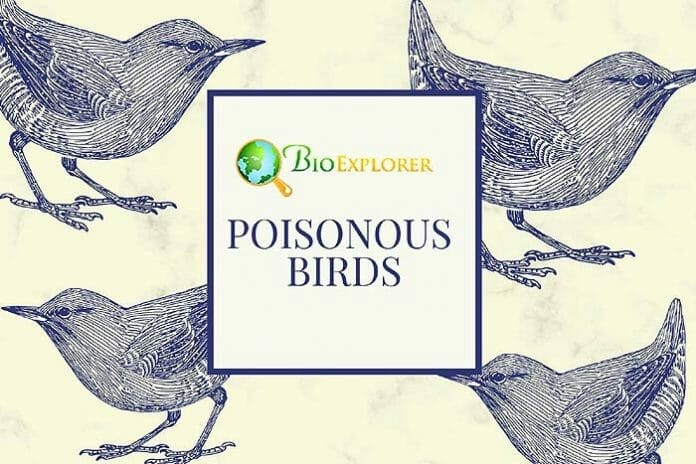
Poisonous Birds: Virtually every being on the earth today is classified as a species that has developed ways to avoid predation over the years. Among the different strategies that have been deployed by organisms to escape predation is the use of toxic chemicals such as poison. Poisonous birds are considered toxic when eaten or handled.
Table of Contents
- How Do Birds Become Poisonous?
- Top Poisonous Birds
- 1. Hooded Pitohui (homoBTX)
- 2. European Quail (coniine)
- 3. Little Shrikethrush (batrachotoxinin-A)
- 4. Blue-capped Ifrita (batrachotoxins – BTX)
- 5. Northern Variable Pitohui (BTX)
- 6. Red Warbler (neurotoxic alkaloids)
- 7. Spur-winged Goose (cantharidin)
- 8. Ruffed Grouse (coniferyl benzoate)
- 9. Brush Bronzewing Pigeon (fluorine)
- 10. Eurasian Hoopoe (di-methyl sulfide)
How Do Birds Become Poisonous?
Until recently, toxicity in birds had not been described as a trait in birds. Only in the last two decades did literature start covering this subject.
- Studies have indicated that poisonous birds are rare, making them little studied among different bird categories. Poisonous birds obtain toxicity from the animals and plants they consume.
- Data obtained from studies revealed that toxicity in birds is not ancestral. Instead, this trait occurred as a result of evolution. This is especially true for the birds classified under Pitohui species.
- Toxicity in these birds is believed to have evolved convergently in some of these bird species. The most striking fact about these birds is that they exhibit unique behaviors attributed to their toxicity.
- For example, the toxic birds under this species tend to be vocal and gregarious. They also lead large mixed bird flocks as they find food in the forest undergrowth. These studies also revealed that the bords considered closest relatives to this species did not possess these behaviors and toxicity traits.
- Additionally, it was revealed that the toxic Pitohui species tended to be of similar ecology, morphology, and size, which in many ways contributed to their categorization under a similar Genus.
- Interestingly, DNA evidence indicates that the similarity in the toxic Pitohui species can be explained by convergent evolution. This is best described as Mullerian mimicry, which is where the toxic species tend to resemble each other, an ability that is of advantage to them because they end up sharing the cost of communicating to potential predators that they are dangerous.
- The toxins in poisonous birds can also be viewed from an adaptation standpoint. In this regard, it is considered that the poisonous birds have developed histological and/or morphological adaptations to produce or store toxins which is unique to them.
Suggested Reading:
World’s Top 15 Poisonous Caterpillars
![]()
Top Poisonous Birds
The following section will dissect the 10 most poisonous birds drawn from various genera. The ultimate goal would be to highlight each individual bird, why it is venomous, and how it uses its toxicity in its life cycle. The page will also point out where the bird is likely to be found, alongside other exciting facts.
1. Hooded Pitohui (homoBTX)
Hooded pitohui is classified as a member of the family Corvidae, which also includes ravens, crows, and jays. These beautiful songbirds are notable for the black feathers on their wings, tails, and head, while their bellies and backs have orange feathers.
| Animalia | Passeriformes | Oriolidae | Pitohui | Pitohui dichrous |
- The hooded pitohui feeds on different insects and berries. Scientists believe this bird’s diet is associated with the toxin homoBTX, which gives it a bad taste.
- This toxin settles on the hooded pitohui’s skin, feathers, and dander. The highest concentration of this toxin is found on the bird’s breast, leg, and belly feathers.
- Any form of contact with any of the parts above results in a tingling numbing effect, watery eyes, sneezing, and burning. Throughout its lifecycle, the bird tends to use this toxin to keep off parasites and potential parasites, including humans.
![]()
2. European Quail (coniine)
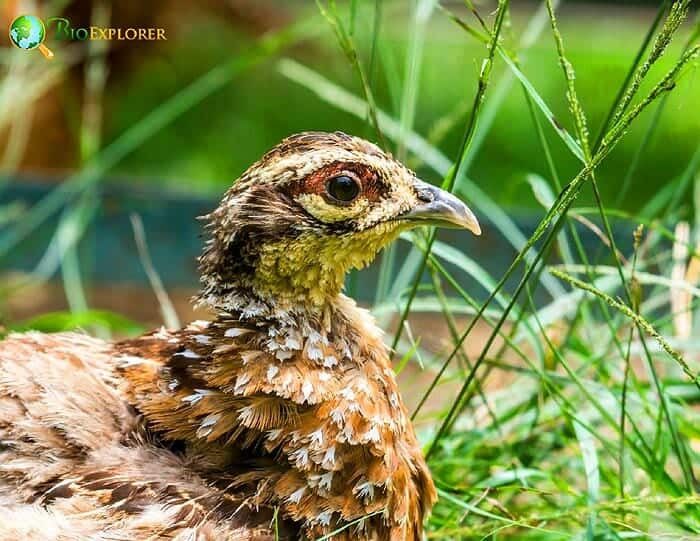
The European Quail is also called the common Quail. It is considered an Old-World migratory bird classified under the genus Coturnix. This is a migratory bird that spans across Europe, Africa, and Southern parts of Asia.
| Animalia | Galliformes | Phasianidae | Coturnix | Coturnix coturnix coturnix |
- This venomous bird has been documented to be potentially toxic to humans when eaten.
- Interestingly, this toxic trait has been recorded since ancient times. This toxic phenomenon has led to the emergence of the phrase “quail poisoning“.
- A striking fact about this bird is that it is poisonous only during autumn migration (not during their return flight in spring).
- Recently, quail poisoning have been recorded in Greece, particularly during autumn, where affected individuals are diagnosed with coturnism. It is believed that these birds sequester a neurotoxic chemical coniine after consuming hemlock seeds during their flight migration from north to south.
- The European quails are believed to have evolved to resist coniine toxicity. This poison will only be used when this bird sub-species is consumed at the end of its lifecycle.
![]()
3. Little Shrikethrush (batrachotoxinin-A)
The little shrikethrush is a songbird recorded as a poisonous bird species endemic in Australia.
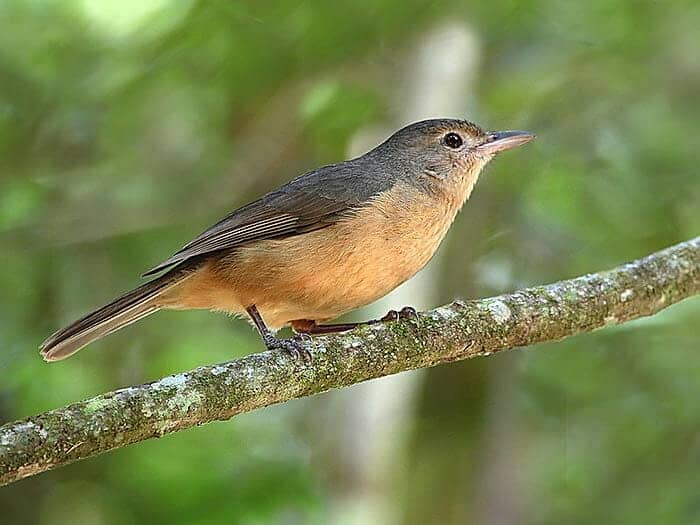
| Animalia | Passeriformes | Pachycephalidae | Colluricincla | Colluricincla megarhyncha |
- This bird is believed to sequester poison from the insects it consumes, which make up a more significant portion of its diet. This bird’s poison, often called batrachotoxinin-A, is very toxic. It is the same chemical produced by poison dart frogs.
- This poison is sequestered in the bird’s feathers and skin, so a reaction is expected when these parts are touched.
- This poison comes in handy to protect the bird throughout its lifecycle as long as it can obtain and store BTX. The bird’s body is adapted to be unreactive to the chemical toxin.
![]()
4. Blue-capped Ifrita (batrachotoxins – BTX)
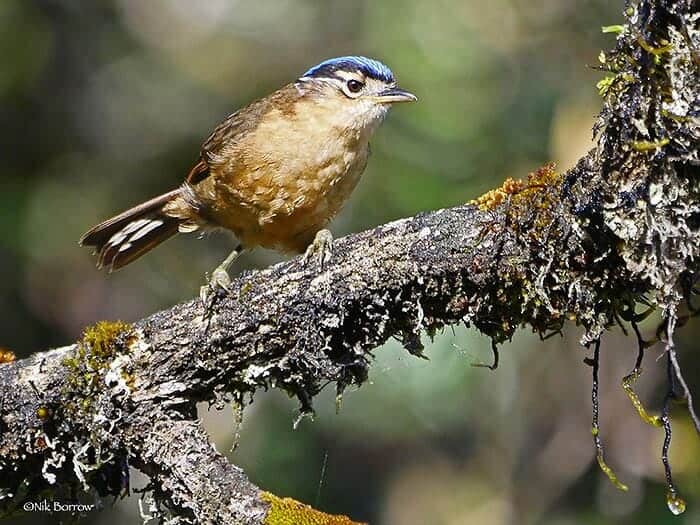
The blue-capped ifrita is a small insectivorous bird that grows up to 16.5 cm. The ifrita has a blue and black crown with yellow-brown plumage.
| Animalia | Passeriformes | Monarchidae | Ifrita | Ifrita kowaldi |
- This bird species have been noted to possess batrachotoxins, heavily concentrated on their bellies, leg feathers, and breast.
- Evidence suggests that the blue-capped ifrita draws BTX from its diet (the insects it consumes). The BTX is used throughout the bird’s lifecycle.
- For example, adults use the toxin to ward off predators. Researchers also believe that the females rub the underbellies on their eggs to repel potential predators who might reach their nests to eat the eggs.
- BTX is also believed to be vital in repelling parasites.
![]()
5. Northern Variable Pitohui (BTX)
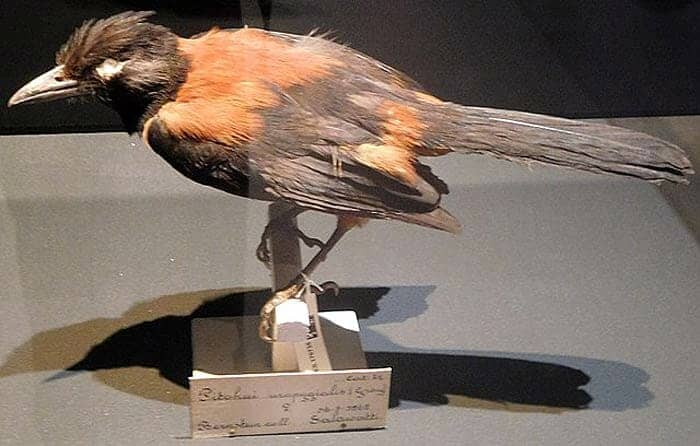
The northern variable pitohui is a sister species to the hooded pitohui. Like the hooded pitohui, this bird species is protected by a potent neurotoxic alkaloid known as BTX.
| Animalia | Passeriformes | Oriolidae | Pitohui | Pitohui kirhocephalus |
- The northern variable pitohui has been observed to share a near-identical body color pattern with the hooded pitohui, a phenomenon dubbed as Mullerian mimicry.
- BTX is found concentrated in the bird’s feathers and skin.
- This toxin is used as a form of weaponry throughout the bird’s lifecycle to prevent predation and repel parasites.
![]()
6. Red Warbler (neurotoxic alkaloids)
The next poisonous bird species, the red warbler is considered a small passerine bird, classified under the New-World warbler family.
| Animalia | Passeriformes | Parulidae | Cardellina | Cardellina rubra |
- Scientific evidence confirms that the red warbler is one of the most toxic birds.
- The toxins in its body are considered to offer them some form of chemical defense against potential predators.
- The presence of these neurotoxic alkaloids makes them unpalatable, making them undesirable to hunt.
- In this regard, the neurotoxins protect them throughout their lifecycle.
![]()
7. Spur-winged Goose (cantharidin)
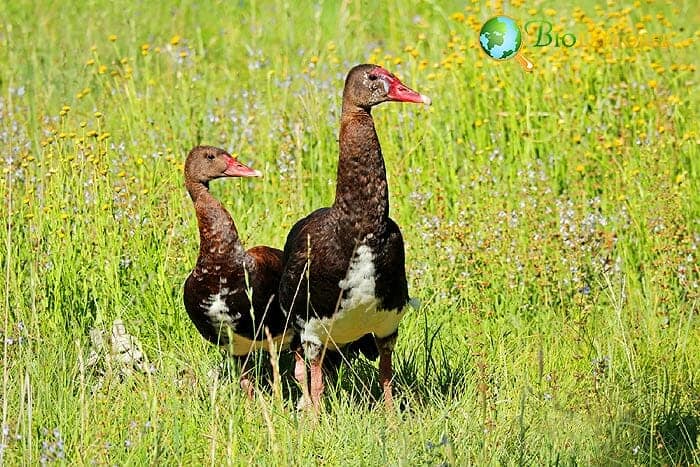
The spur-winged goose is considered the largest goose species throughout the world, classified in the family Anatidae.
| Animalia | anseriformes | Anatidae | Plectropterus | Plectropterus gambensis |
- As suggested by its name, the spur-winged goose have spikes on its wings that are considered very poisonous to touch.
- The poison in these spikes is believed to be obtained from its diet of blister beetles, which have a high concentration of cantharidin.
- This toxin is also contained within the bird’s tissue, making it poisonous to anyone who eats it.
- About 10 mg of the toxin is considered lethal to humans.
- The toxic weaponry is vital to the bird throughout its life. Even upon death, its meat is considered poisonous.
![]()
8. Ruffed Grouse (coniferyl benzoate)
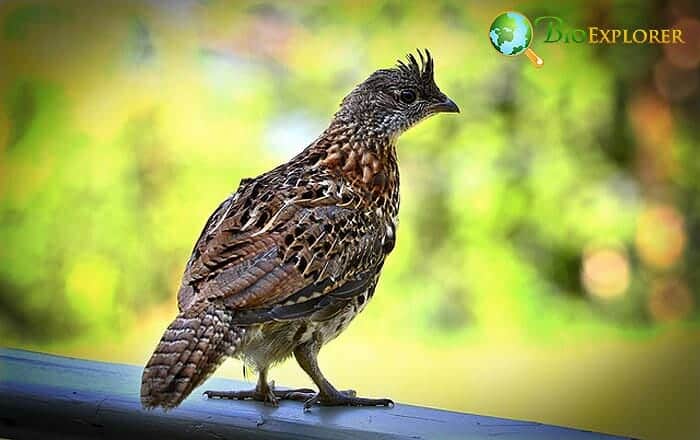
The ruffed grouse is a relatively short bird that is almost the size of the American crow.
| Animalia | Galliformes | Phasianidae | Bonasa | Bonasa umbellus |
- This bird tends to have a fan-shaped tail with a triangular crest.
- The 18thand 19th-century literature documented human poisoning after consuming the ruffed grouse.
- Interestingly, no recent cases have been put forward documenting the grouse-related intoxications.
- It is believed that the bird draws the toxic chemical coniferyl benzoate from consuming the quaking aspen flower buds.
- The bird is believed to be well adapted to tolerate CB. This chemical reduced their palatability, making them an undesirable meal for possible predators.
- In this vein, CB has been helpful throughout the bird’s lifecycle by offering it chemical weaponry.
![]()
9. Brush Bronzewing Pigeon (fluorine)
The brush bronzewing pigeon is a compact bird notable for its reddish-gray underparts.
| Animalia | Columbiformes | Columbidae | Phaps | Phaps elegans |
- These birds have been documented to be very poisonous.
- Unsurprisingly, their toxicity is linked to the decline and extinction of some Australian mammals, especially after consuming the brush bronzewing pigeons.
- The brush bronzewing pigeons draw their toxicity from eating the seeds of the genus Gastrolobium, which have a high concentration of organically bound fluorine.
- Their adaptation to being tolerant to the toxic fluorine levels has afforded the brush bronzewing pigeon protection from predators throughout its life.
![]()
10. Eurasian Hoopoe (di-methyl sulfide)
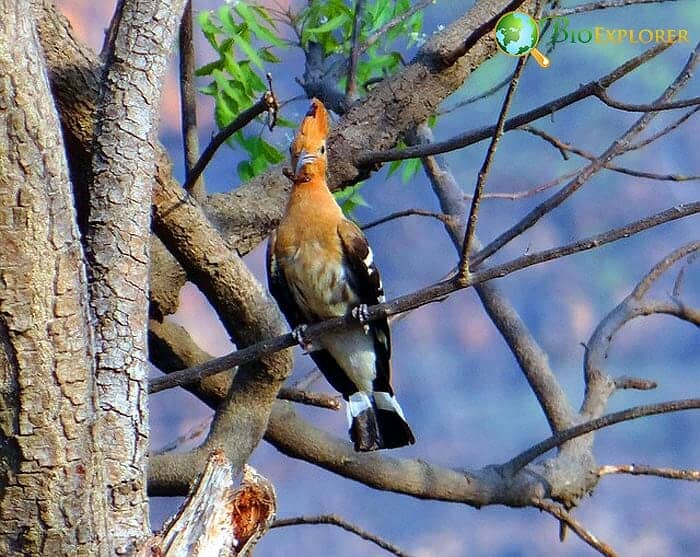
The hoopoe is known for its beautiful plumage and awful-smelling nest.
| Animalia | Bucerotiformes | Upupidae | Upupa | Upupa epops |
- These birds have evolved and are adapted to produce an awful smelling liquid using their uropygial glands, highly concentrated with di-methyl sulfide that offers them a chemical defense against predators.
- The ability to produce the foul liquid is evidenced in nestlings and breeding birds. It offers protection to these birds in critical parts of their lifecycle.
- This form of defense is evidenced in their sister species named the green woodhoopoe, which is essential because it gives them group defense.
The Eurasian hoopoe mostly inhabits grasslands, woodlands, and savannah, particularly those of Africa, Europe, and Asia.
![]()
In closing, it is worth noting that poison in birds from above is mostly a weaponry that certain bird species have evolved to possess.
These poisonous birds have over the years developed morphological and histologic adaptations that allow them to use their toxic weaponry at specific points in their lifecycles, mostly in the keeping of predators and/or parasites.
![]()


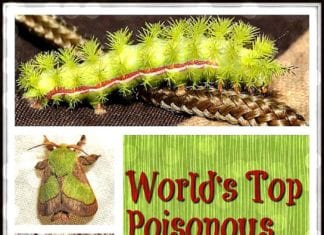
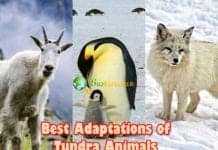




















European Quail photo is not a quail.
Thanks, Nancy – it has been corrected now.